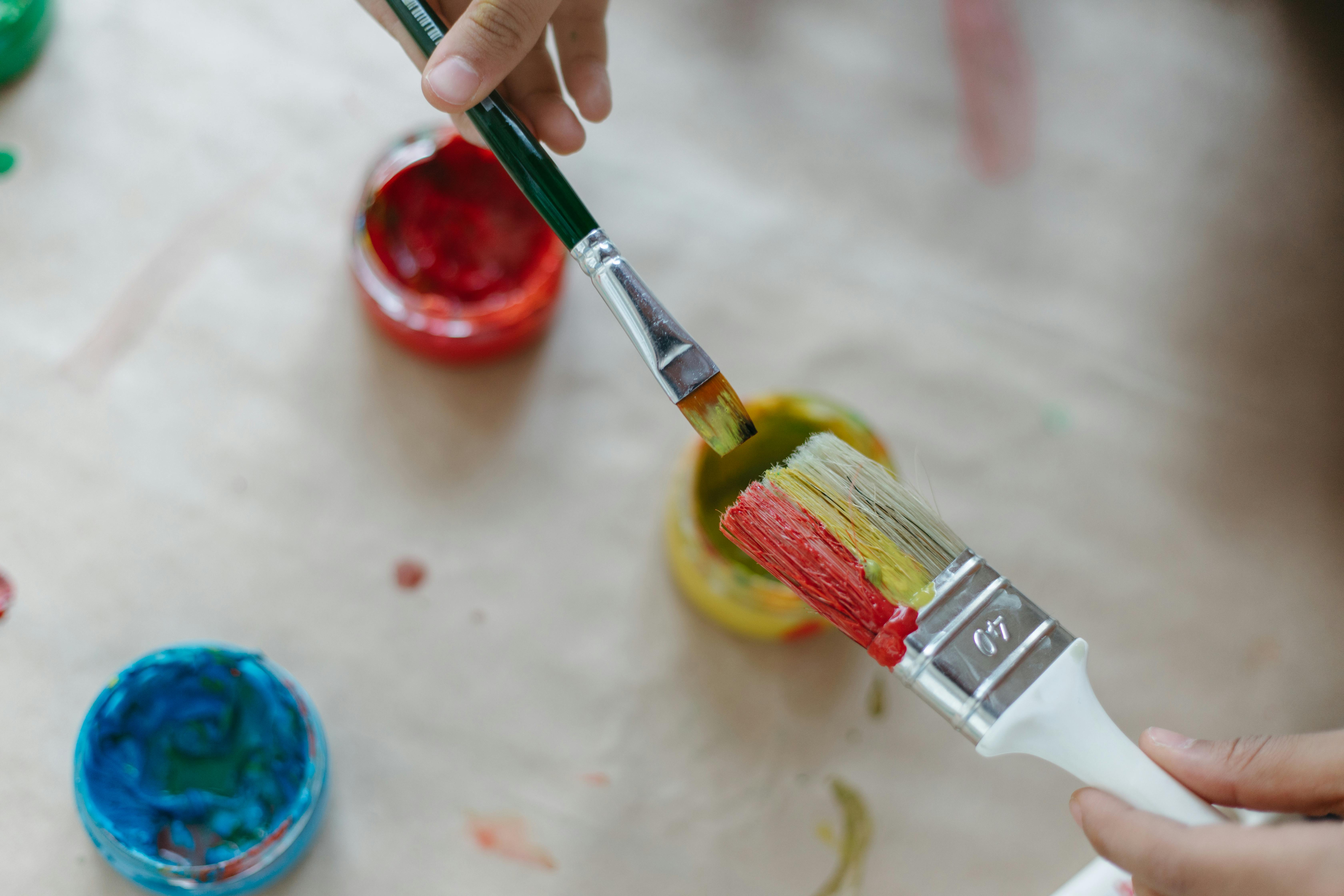Thai culture, Thai custom and Thai tradition.
What is wai?
“Wai” is a form of Thai culture that represents various aspects of the Thai honorific system. For example, it shows Thai courtesy, respect, honor and friendship. Thais wai when greeting or leaving. Along with a wai, Thais often say “sawasdee,” which means “hello” in English. The tradition has succeeded the current generation since the Sukhotai Period, approximately 1238 AD). Wai can also be used to express apologies or gratitude. For these purposes, a person who wais usually says “khor-thod” or “khob-khun”, respectively.
how to wait
1. Put your palms together. According to Buddhism, Thai people call the stage “pra-nom-mue” or “unchalee”. Bring your palms together, straighten and press the tips of your fingers together. Bring your palms up to your chest and keep your elbows close to your body. When talking to priests and the royal family, Thais always “pra-nom-mue.” Leaving these respectful people, the younger ones often “deceive” them.
2. Bow your head. This shape is called “wan-ta”. In doing so, Thai people bow their heads and raise their palms until their index fingers touch their mouth or nose, depending on who they are looking at.
tips
There are many types of Thai wai, depending on the social status, power, age, and prestige of the person or persons receiving the wai. There are three main groups of higher status people in traditional Thai society.
1. Monks/priests/royal family
To greet people in this category, bow your head and raise your hands until your thumbs touch your forehead.
2. Teachers/parents
Instead of your thumbs touching your forehead, tilt your head slightly until your index fingers touch your nose. This is similar to a culture where people raise their index fingers to touch their noses when showing respect to parents and touch their mouths when showing respect to the teacher.
3. Ordinary people/older acquaintances.
To greet someone older, simply raise your palms to your lips/mouth.
For all three types, keep your hands and elbows close to your body.
Did you know?
The most important thing in waiting for someone is that the one who waits must do it with all his heart. In other words, the waier must sincerely respect the wai or the recipient of the wai, both mentally and physically.
How to return/receive the wai?
If someone makes a wai to another, it usually means showing respect towards him or her. To return her good treatment, the wai receiver usually replies. That is, the wai receiver does the same with the waier (i.e., brings palms together in front of chest), but does not bow his head.
